Electric cars are often promoted by the manufacturers’ marketing with the “fast charging function“. Why not? After all, it’s important for the consumer; I don’t stand at the gas station for more than 10 minutes, so the idea of being able to recharge the batteries as quickly as possible is obvious, especially considering the range of a vehicle.
And that is indeed the case, if you are on the road, you prefer to charge your vehicle quickly; you even pay for the charging time and not for the energy at the public charging stations.
At home, however, things look different. First, there is little dispute that fast charging negatively impacts battery life and performance. Secondly, physics cannot be circumvented; fast charging converts a significantly higher proportion of energy into heat rather than actual charging of the battery, so – even if it is faster – it requires an inordinate amount more electricity. If you put your electric car in the garage in the evening to drive off again in the morning, you should switch the charging function to snail’s pace. This protects both the battery and your wallet.

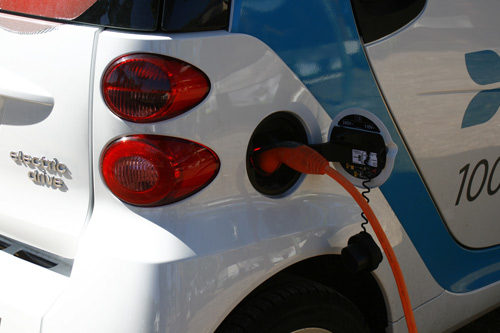
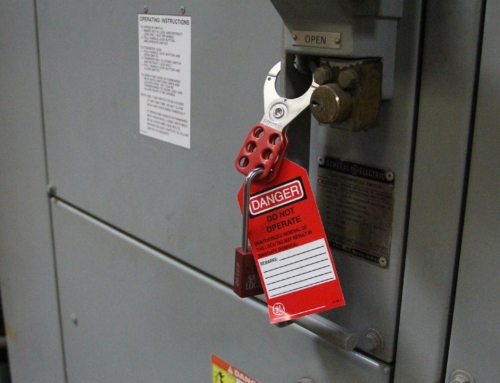
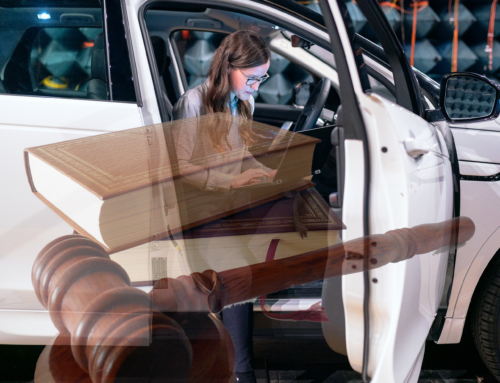

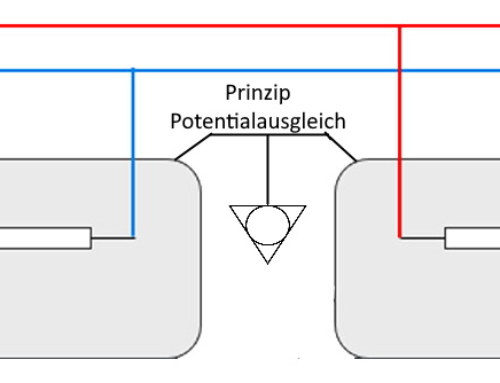
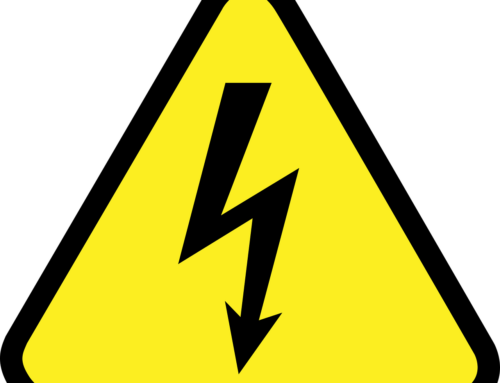
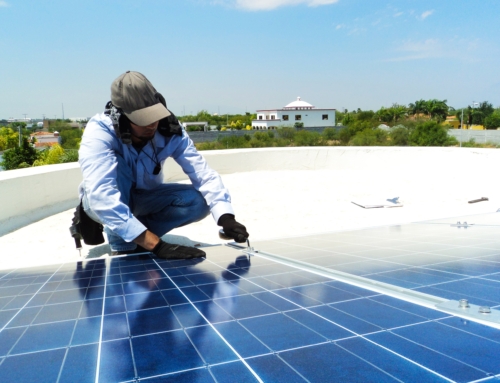
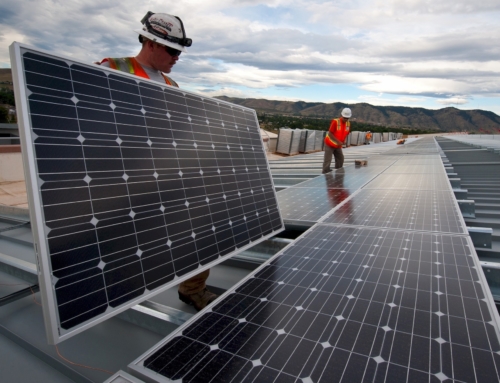
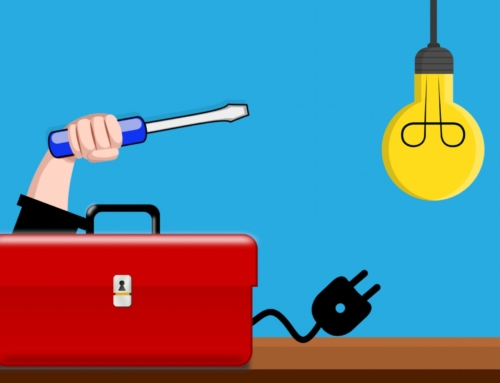
Leave A Comment